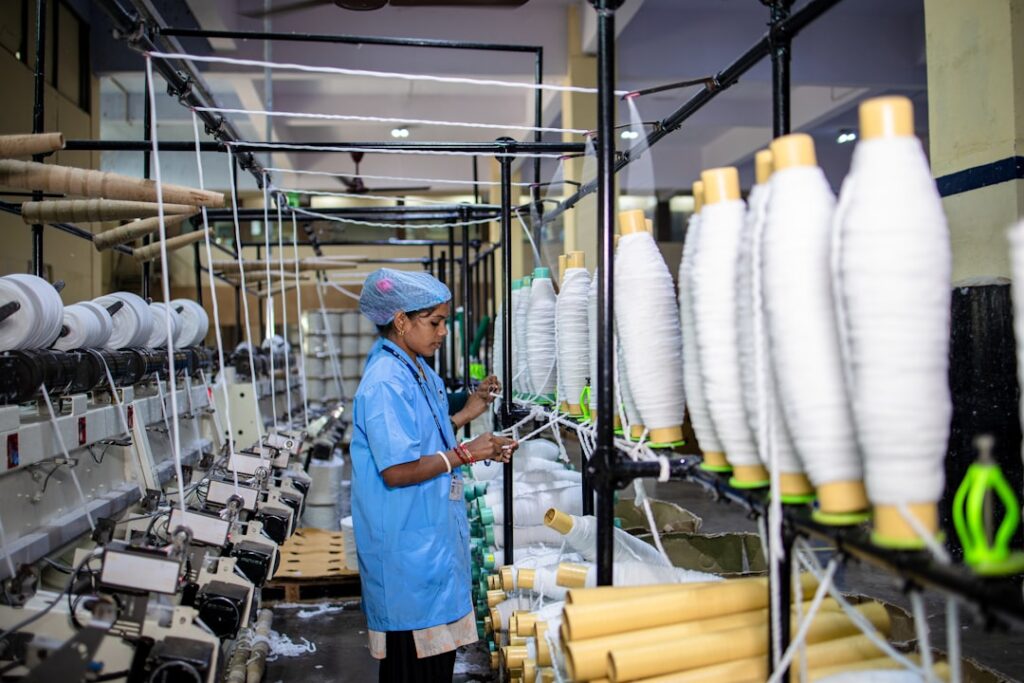If the last few years have taught us anything, it’s this: yesterday’s supply chain designs weren’t built for today’s volatility.
We’ve worked with enough teams across industries to know that many are still trying to get by with outdated network assumptions and rigid policies. It’s not their fault—it’s how supply chains were traditionally designed: linear, reactive, and built for a world that (frankly) no longer exists.
But the landscape has shifted. And if we’re going to build networks that actually work—not just look good on paper—we need to rethink how we design them.
Why Supply Chain Design Matters Now
Design isn’t a one-time exercise anymore. It’s an ongoing process. A supply chain today has to function like a living system—adaptable, transparent, and built for constant recalibration.
That means embracing three major shifts in how we approach network design:
1. Variability Isn’t a Nuisance—It’s the Jumping Off Point
We used to hear “variability” talked about like a problem to solve after something breaks. Now? It’s where we start.
Whether it’s geopolitical instability, labor disruptions, or wild demand shifts, variability is the rule—not the exception. That’s why we’re moving from deterministic models to stochastic planning approaches. By baking uncertainty into the design phase, we’re no longer playing defense—we’re building resilience into the core architecture.
This isn’t about planning for the worst. It’s about planning for what’s reality.
2. Simulation Is a Must-Have, Not a Nice-to-Have
Look, if you’re not simulating, you’re guessing.
We say this to clients all the time: simulation is how we pressure-test a design before the real world does it for us. Discrete-event simulation (DES), for example, lets us model actual events and understand how our network behaves when things don’t go as planned—which is most of the time.
You want to understand fill rates, route optimization, transfer policies? Simulation helps you see the impacts in motion. It’s like getting a sneak peek into your supply chain’s future—without the cost of learning the hard way.
3. Design Can’t Live in a Silo Anymore
This is a big one. For too long, supply chain design has been the domain of specialists with rare modeling skills. But we can’t afford that bottleneck anymore.
We’re seeing a much-needed shift toward tools that democratize design—giving planners, ops leaders, and analysts access to intuitive platforms that don’t require a PhD in data modeling. That means more collaboration, faster iterations, and designs that reflect real-world constraints from across the business.
Yes, we still need expertise—but we also need accessibility. Because good design is a team sport.
Resilient Supply Chains Start with Better Design
The pace of change isn’t slowing down. If you’re still relying on a static supply chain network design, you’re not just behind—you’re exposed.
The good news? There’s a better way forward. One that accounts for risk, leverages real-world modeling, and opens up the design process to the people closest to the problems.
Want to dig deeper into the tools, techniques, and mindset that make all of this possible? Download the full whitepaper: Three Paradigm Shifts in Supply Chain Design You Can’t Ignore.
Because the best supply chains aren’t just planned. They’re engineered to adapt.



